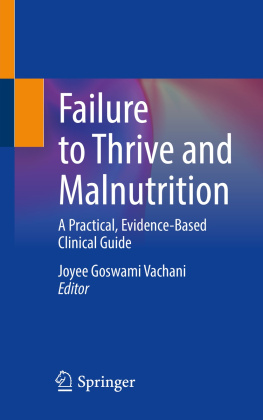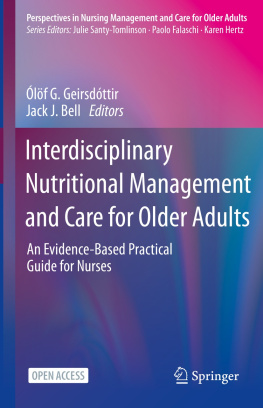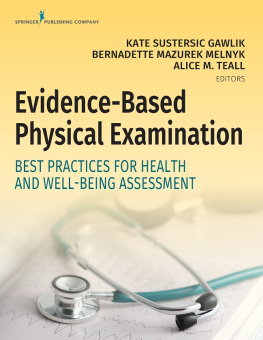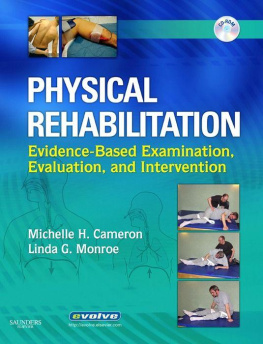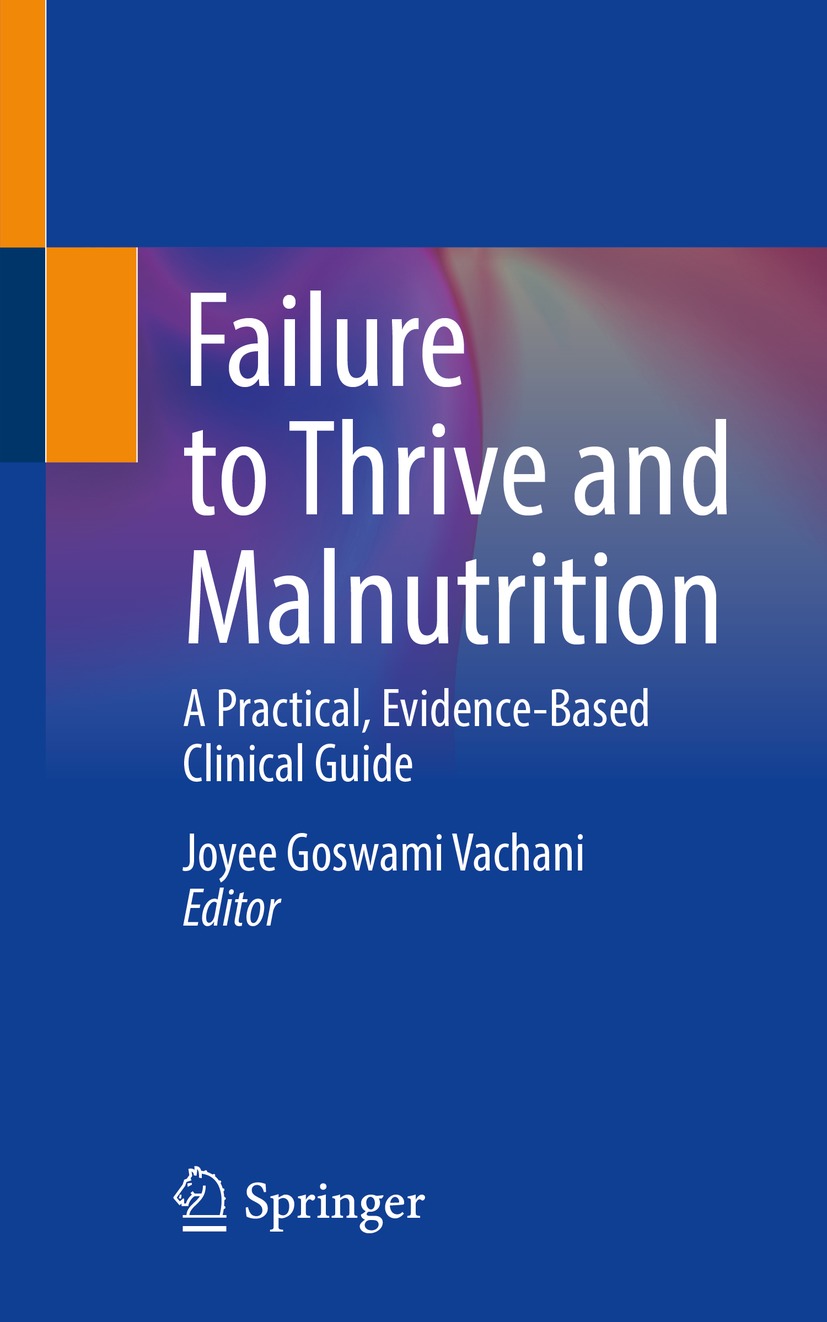Joyee Goswami Vachani (editor) - Failure to Thrive and Malnutrition: A Practical, Evidence-Based Clinical Guide
Here you can read online Joyee Goswami Vachani (editor) - Failure to Thrive and Malnutrition: A Practical, Evidence-Based Clinical Guide full text of the book (entire story) in english for free. Download pdf and epub, get meaning, cover and reviews about this ebook. year: 2023, publisher: Springer, genre: Home and family. Description of the work, (preface) as well as reviews are available. Best literature library LitArk.com created for fans of good reading and offers a wide selection of genres:
Romance novel
Science fiction
Adventure
Detective
Science
History
Home and family
Prose
Art
Politics
Computer
Non-fiction
Religion
Business
Children
Humor
Choose a favorite category and find really read worthwhile books. Enjoy immersion in the world of imagination, feel the emotions of the characters or learn something new for yourself, make an fascinating discovery.
- Book:Failure to Thrive and Malnutrition: A Practical, Evidence-Based Clinical Guide
- Author:
- Publisher:Springer
- Genre:
- Year:2023
- Rating:3 / 5
- Favourites:Add to favourites
- Your mark:
Failure to Thrive and Malnutrition: A Practical, Evidence-Based Clinical Guide: summary, description and annotation
We offer to read an annotation, description, summary or preface (depends on what the author of the book "Failure to Thrive and Malnutrition: A Practical, Evidence-Based Clinical Guide" wrote himself). If you haven't found the necessary information about the book — write in the comments, we will try to find it.
Failure to Thrive (FTT) is a multifactorial illness requiring the systematic application of evidence in conjunction with a multidisciplinary team-based approach. Evidence suggests most cases of FTT can be diagnosed using key elements of the patient history and physical examination including appropriate growth assessment, and that laboratory testing is usually unhelpful in determining an etiology. Despite this, there is wide variation in the definition, evaluation, treatment, costs, and outcomes of FTT patients, with subsequent burdens on the healthcare system. A suggested approach to the differential diagnosis and management of FTT is to review calories inadequate caloric intake, excessive calorie losses, and/or increased caloric intake (i.e. increased metabolic demand) while acknowledging the available resources along the continuum of patient care. Implementing evidence-based practice for FTT provides improvement opportunities for providers and potentially has significant impact on the healthcare system.
This book is designed to present a practical and concise handbook on the diagnosis and management of failure to thrive (FTT)/ malnutrition for quick reference by trainees and practitioners by using case examples and available evidence in the current literature. This book is divided into 7 chapters in a logical progression of defining, diagnosing, and managing FTT with cases in each chapter to further illustrate evidence-based care.
Joyee Goswami Vachani (editor): author's other books
Who wrote Failure to Thrive and Malnutrition: A Practical, Evidence-Based Clinical Guide? Find out the surname, the name of the author of the book and a list of all author's works by series.

